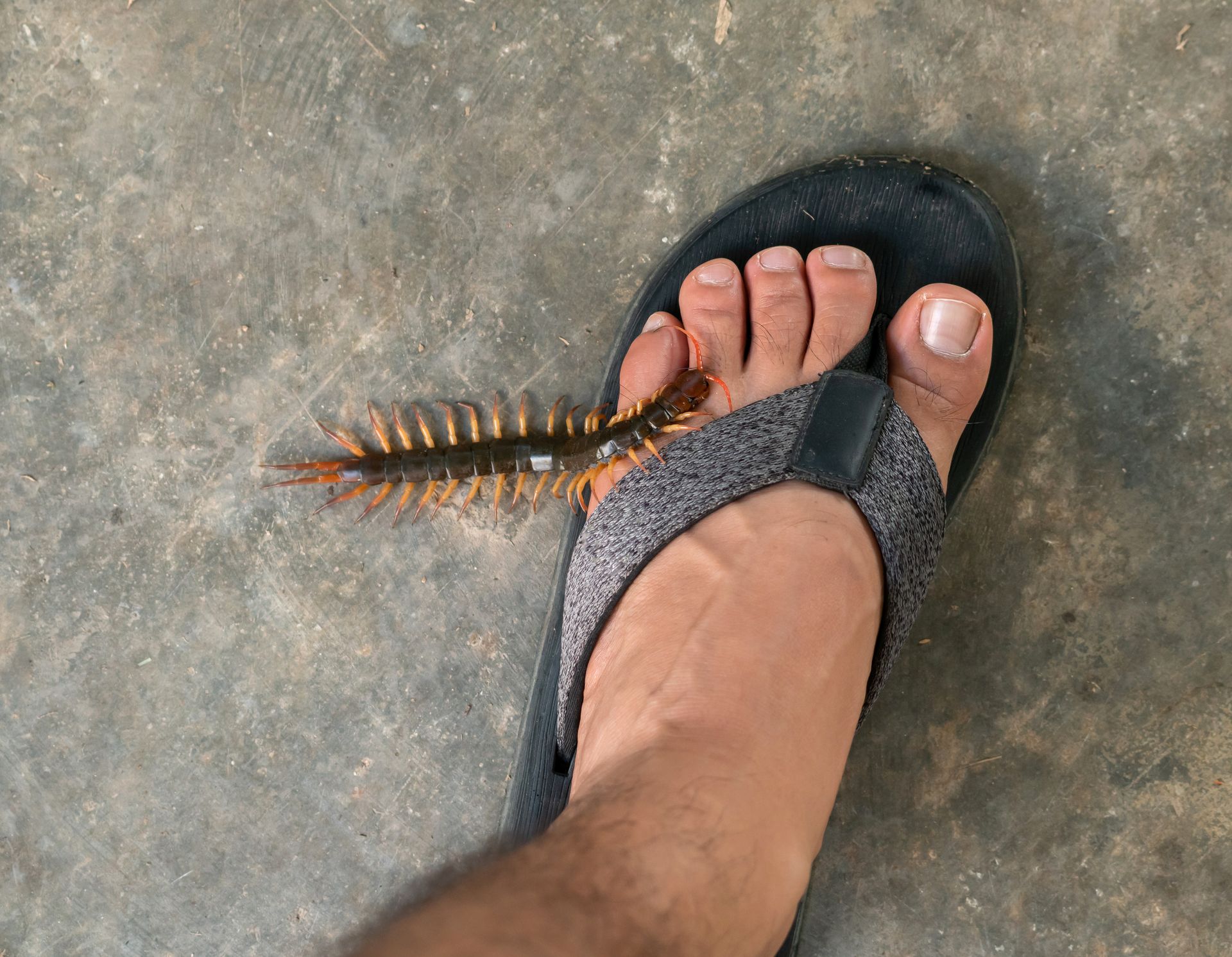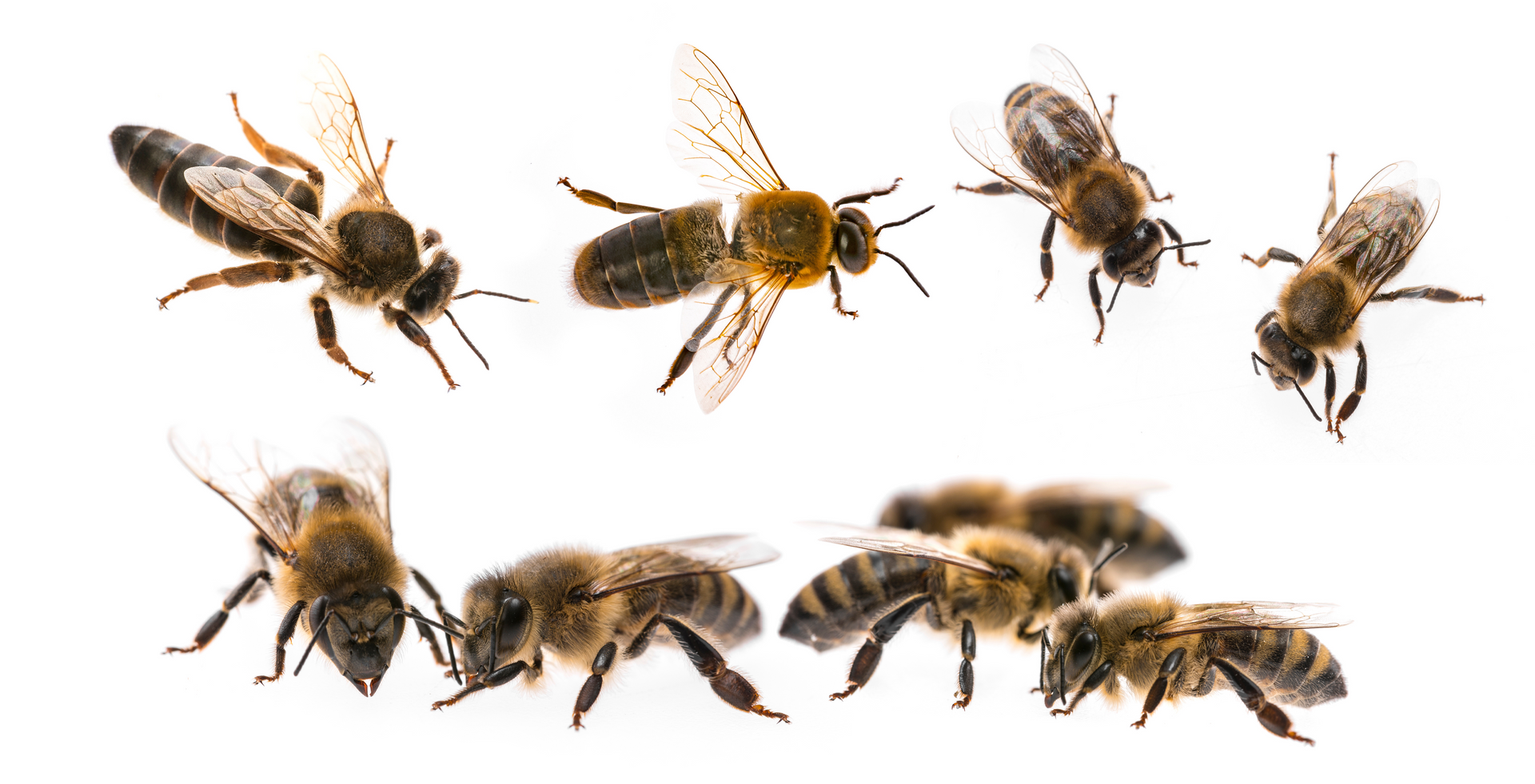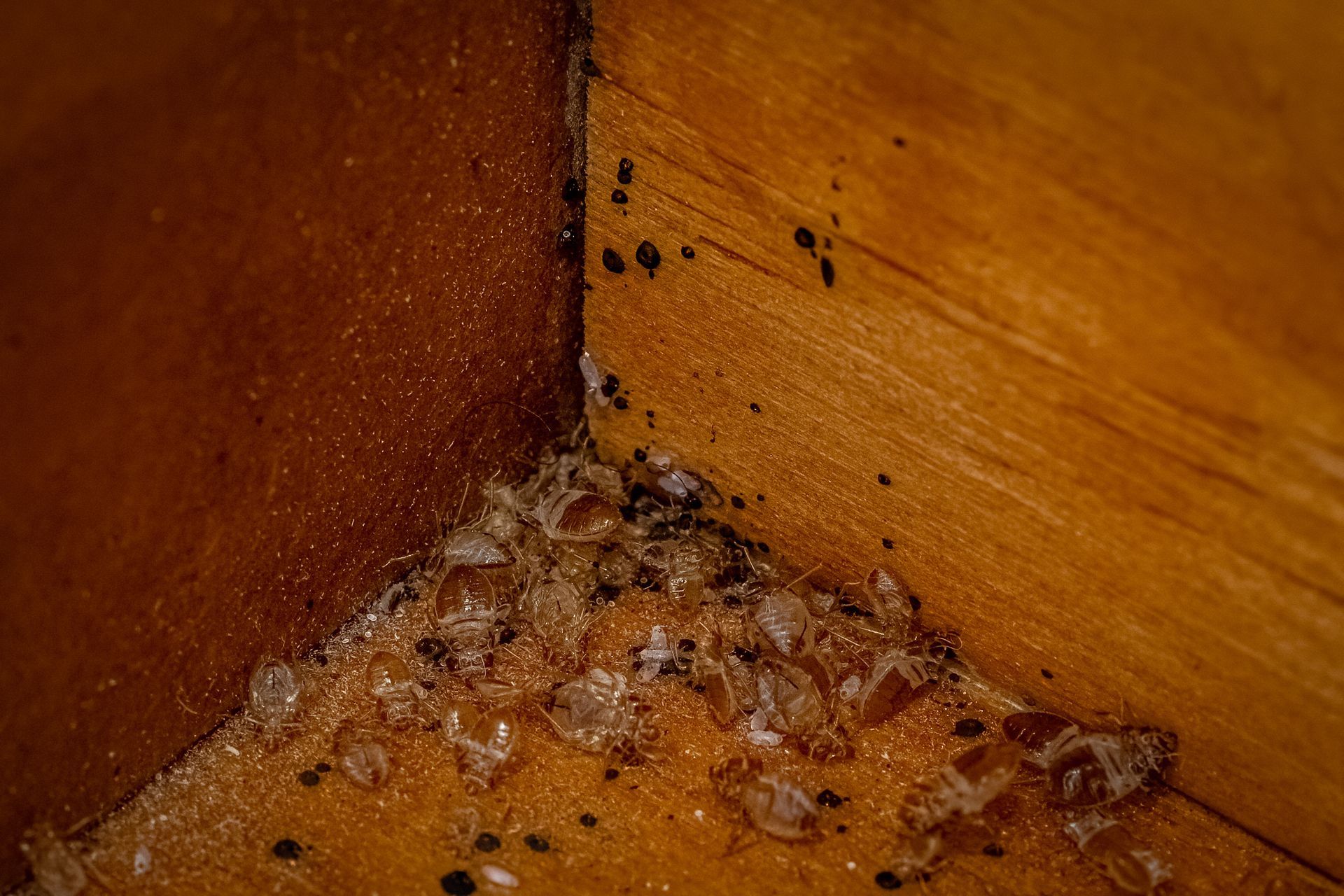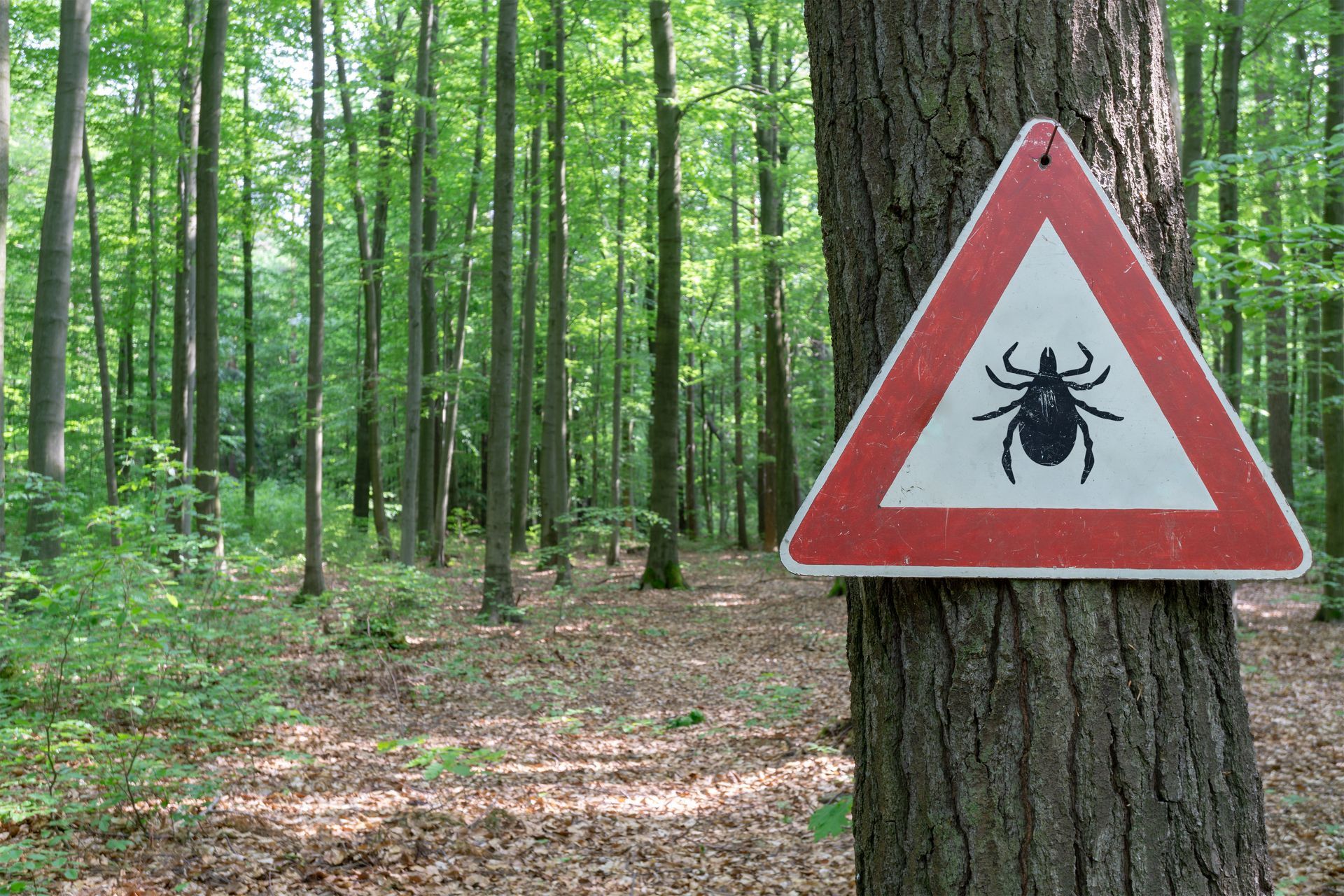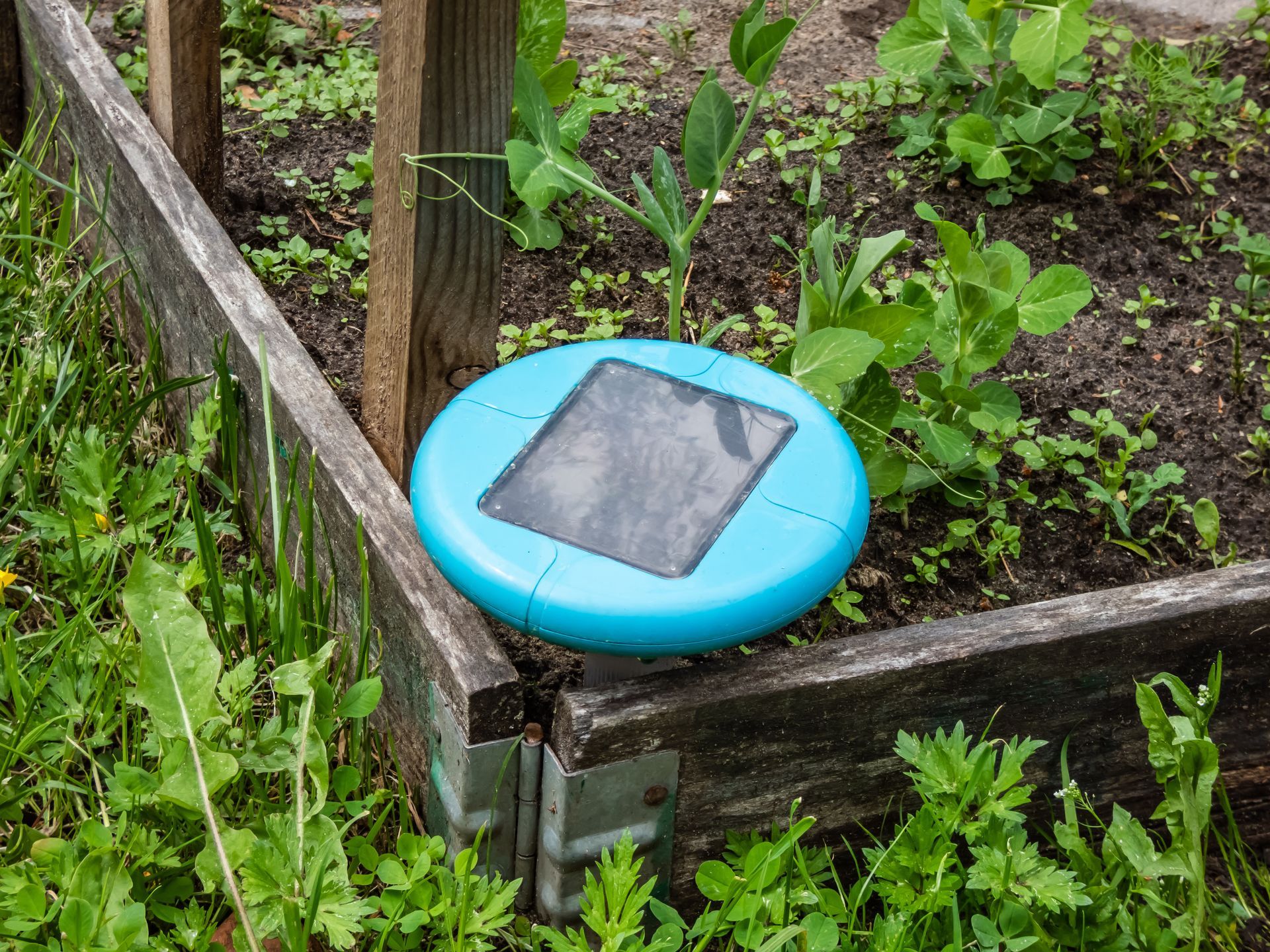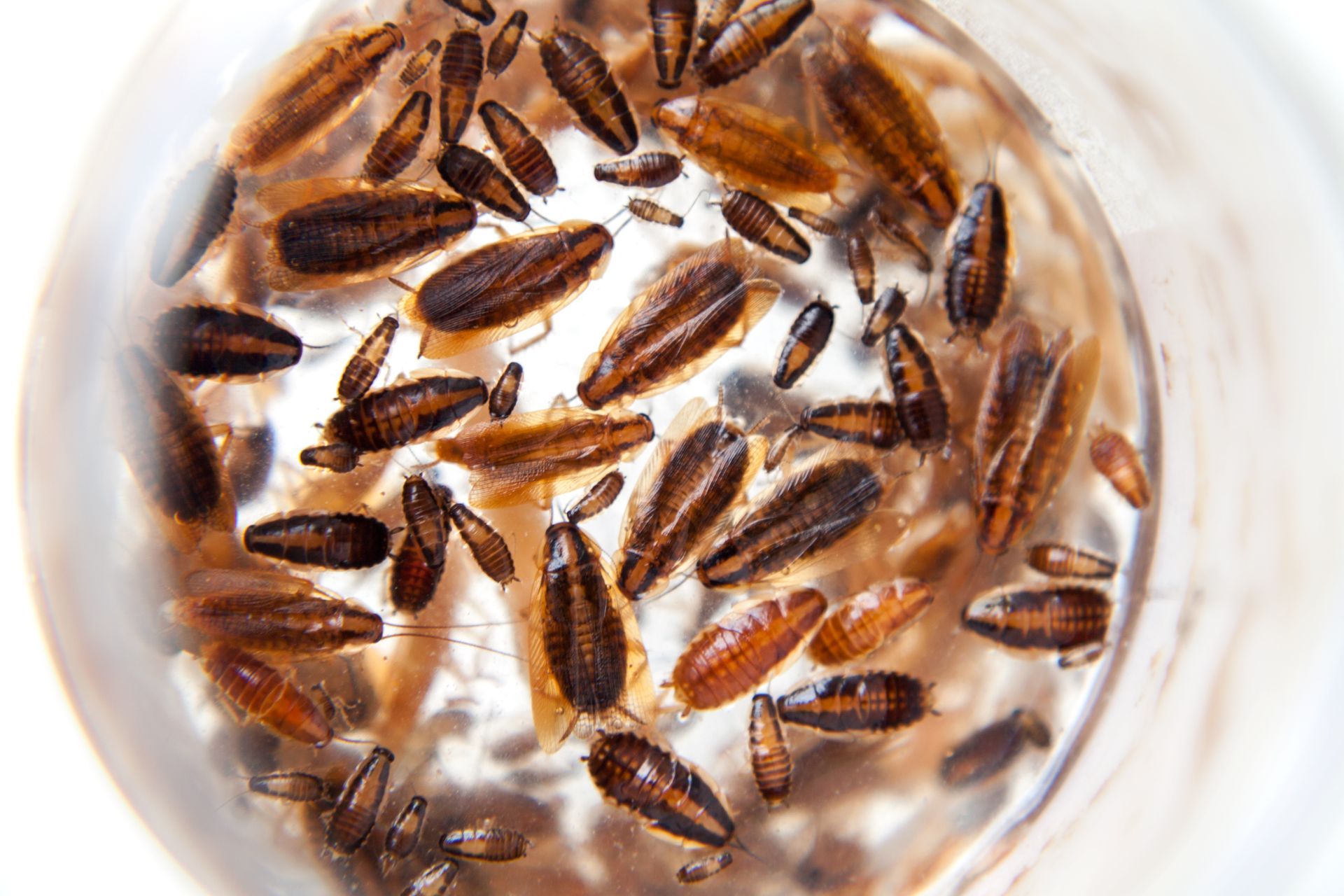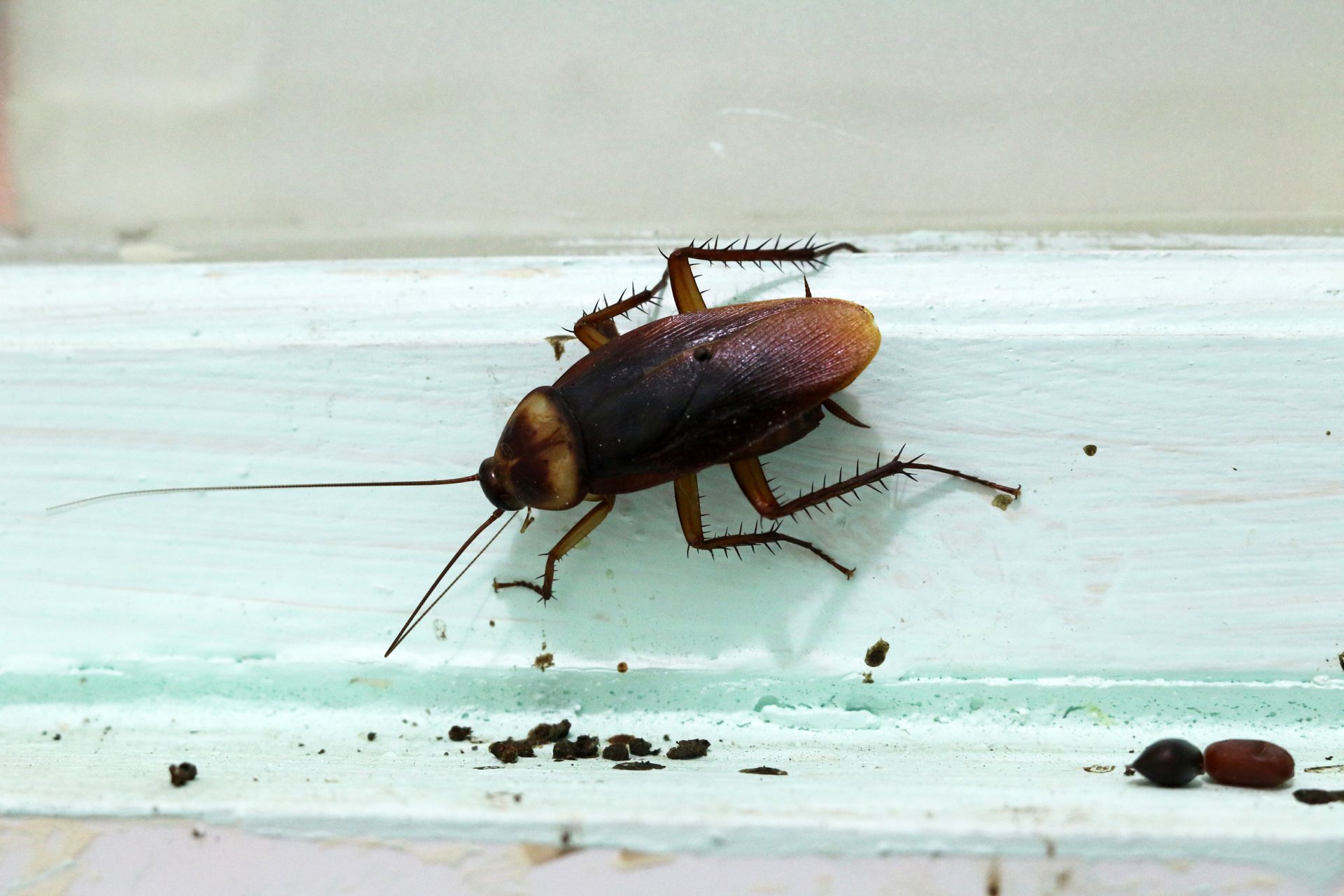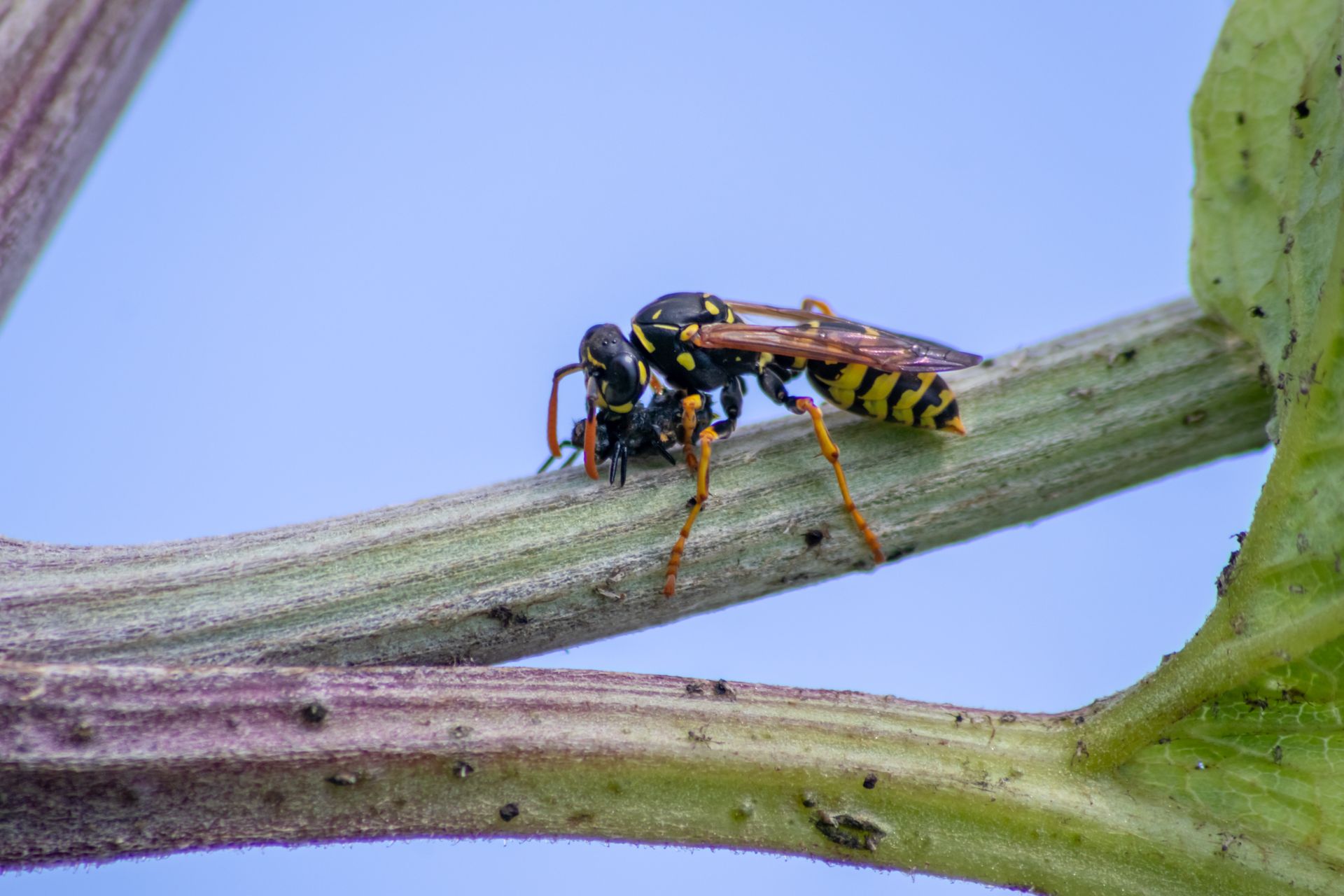How to Identify and Get Rid of Rat Holes
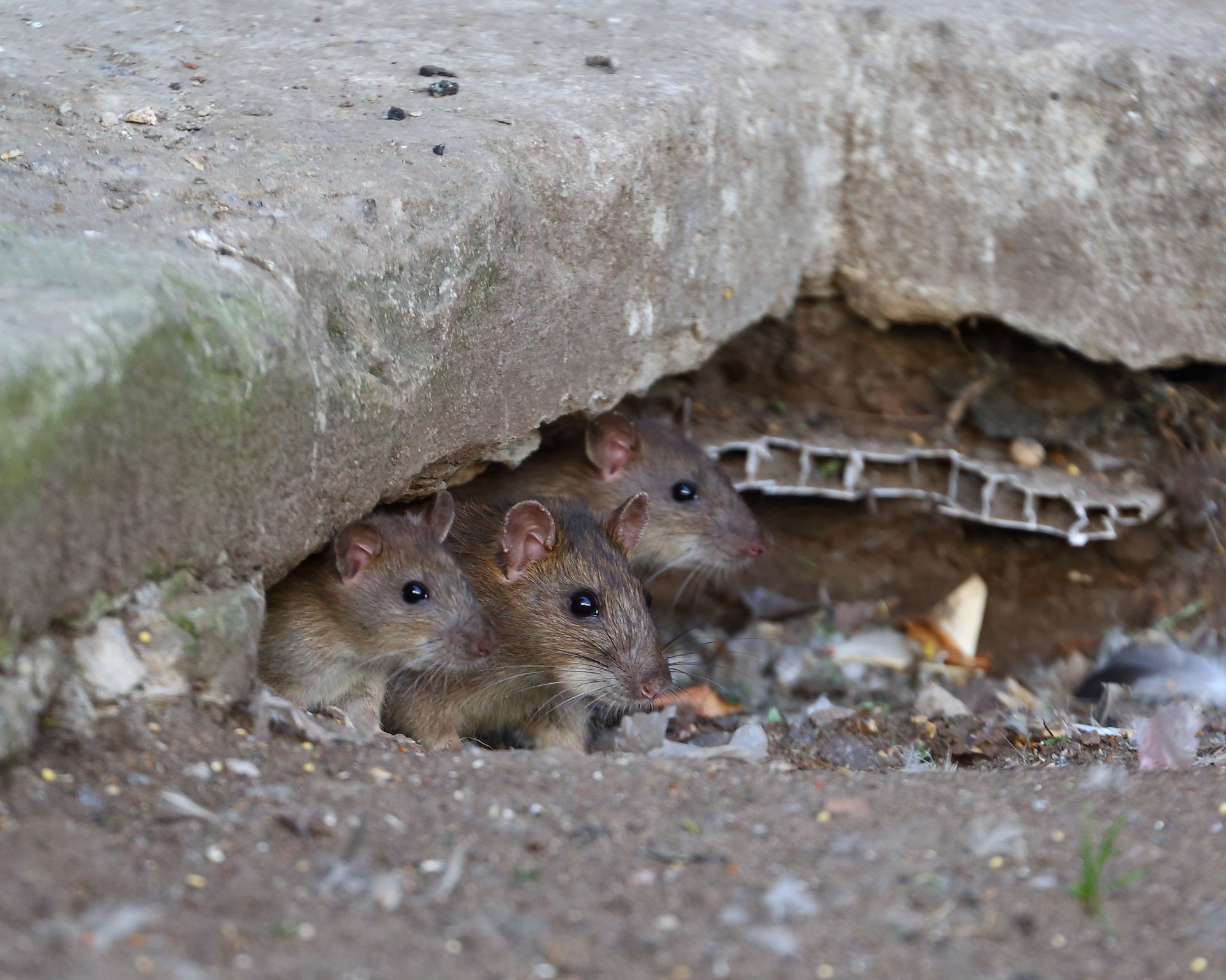
Discovering holes around the foundation of your home or in your garden is never a pleasant sight. These burrows often indicate that some creature is either seeking shelter or attempting to gain access to your home. If these burrows belong to rats, it can be especially worrying due to the potential risk they pose to the structural integrity of your foundation and the health risks associated with a rat infestation.
Rats are highly intelligent and resourceful animals that are capable of adapting to various environments and situations. They often create burrows in close proximity to food sources and shelter which makes gardens and the foundations of homes ideal locations for their nests. By understanding what rat holes look like and learning effective methods to eliminate them, homeowners can take proactive steps to prevent further damage and ensure effective rodent control.
What Are Rat Holes?
Rat holes, also known as rat burrows, are underground tunnels created by rats as a nesting area and a means of travel. These structures often belong to Norway rats and serve as their primary habitat when they live outdoors. A typical rat burrow features a main entry hole which is usually 2 to 4 inches in diameter and smooth from frequent use. In addition to the main entrance, there are often one or two less obvious exit holes that allow the rats to escape quickly if they sense danger.
Inside the burrow, the rats create a complex network of rat tunnels and chambers. These tunnels can extend up to 3 feet and are typically no deeper than 18 inches beneath the surface. The burrows are strategically located in areas with sandy soil, close to food and water sources, and in places that offer some degree of concealment like under bushes or dense vegetation.
Which Rat Creates Rat Burrows?
The Norway rat (rattus norvegicus), also known as the street rat or sewer rat, is primarily responsible for creating rat burrows. These larger and more aggressive rats are adept at digging complex tunnel systems that provide them with shelter and protection. Norway rats often burrow alongside building foundations, in overgrown areas, and beneath debris or woodpiles. They are excellent swimmers and climbers which enables them to traverse across various environments. These burrows typically house a single rat family that typically consists of 6 to 8 members. Norway rats will forage for food at night and travel between 50 to 100 feet from their burrows, though they may venture further if necessary. As their population grows, they expand their burrow networks with additional tunnels and entry points.
What Does a Rat Burrow Look Like?
A rat burrow typically appears as a small hole in the ground, ranging from 2 to 4 inches in diameter. They have smooth walls inside and hard-packed dirt around the entrance. The loose dirt is often kicked out during the digging process which forms a fan-shaped pile around the hole. These burrows are usually round or slightly oval, and their entrances are often clear of debris and spider webs which indicates regular use by rats that are actively inhabiting the burrow. Rat burrows are commonly found along walls, sidewalk edges, or in the soft, fertile soil of gardens. Rats will also build their burrows in concealed areas like under bushes, in overgrown vegetation, or beneath porches, decks, sheds, woodpiles and compost heaps. These strategic locations offer protection from predators and easy access to food and water sources.
How Deep Do Rats Burrow?
Norway rat burrows typically extend 12 to 18 inches deep to provide them with a secure underground refuge. However, if these burrows are located against the foundation of a building, they can reach depths of up to 4 feet. This deeper burrowing allows the rats to navigate beneath the foundation and potentially gain access to the interior of the building. Understanding the depth of rat burrows is essential for effective pest control as it helps in determining the appropriate measures needed to eliminate these burrows and prevent rats from infiltrating your home.
Rat Holes vs Other Animal Burrows
Understanding the differences between rat holes and other animal burrows is crucial for effective pest control. Each type of burrow has unique characteristics that can help identify the specific animal responsible.
- Rat Hole vs. Mouse Hole:
- Mouse holes are about the size of a dime, while rat holes are typically 2 to 4 inches in diameter.
- Mouse holes are often found inside homes and near food sources, while rat holes are more commonly outdoors under bushes or next to foundations.
- Rat Hole vs. Chipmunk Hole:
- Chipmunk holes can sometimes be plugged, whereas rat burrow entrances are usually left open.
- Rat Hole vs. Rabbit Hole:
- Rabbit holes, or warrens, typically have a single entrance and slope inward at a shallow angle because they are often found on slopes or banks. Rat holes are scattered with multiple entrances and no have specific slope.
- Rat Hole vs. Squirrel Hole:
- Squirrels dig shallow holes that are typically no deeper than 2 inches to stash food like nuts while rat holes lead into deep tunnel systems.
- Rat Hole vs. Mole Hole:
- Mole holes are circular mounds of earth that resemble miniature volcanoes that cover the entrance to their tunnels. Rat holes entrances are not buried and are more visible.
- Moles tunnel close to the surface which creates a squishy, spongy feel to the ground. Rats prefer digging along protected areas for security.
- Rat Hole vs. Vole Hole:
- Voles dig small holes that are smaller than 2 inches in the middle of lawns or open areas. Rat holes are larger and are often found near fences, walls, or under bushes.
Understanding these distinctions helps in identifying and addressing the specific type of pest causing issues in your yard or home.
What Are Other Signs of Rats That Indicate Rat Holes?
In addition to the presence of visible holes, there are several other signs that can indicate rat activity and the existence of rat burrows. Identifying these signs early can help in taking prompt action to control and eliminate rat infestations.
- Fecal Droppings: Norway rat droppings are typically shiny black and capsule-shaped with blunt ends that range from ¾ to 1 inch in length. These droppings can often be found along runways or in areas where rats feed.
- Strong Odor: Rats have poor bladder control and frequently urinate along their pathways. This creates a strong, musky odor that can become overpowering in severe infestations. It may be difficult to smell when outside but the odor may be more intense if they gain access to a shed, garage, or basement.
- Gnaw Marks: Rats have a tendency to chew on various objects, including garden hoses, wood, and plastic. Look for gnaw marks as a clear indication of their presence.
- Well-Defined Paths: Rats often use the same routes to travel to and from their burrows, creating visible trails in the grass leading directly to the entrances of their holes.
- Footprints and Tail Marks: Rat footprints, with four-toed front feet and five-toed hind feet, can be found in dusty or muddy areas. Their long tails often drag behind them which leaves a distinctive trace in their tracks.
These signs, when observed in conjunction with burrows, strongly indicate rat activity and the need for effective pest control measures.
Why Do You Have Rat Holes?
Rat holes often appear in your yard or garden because these areas provide the essential shelter and proximity to food sources that rats seek. Outdoor rodents prioritize finding safe and secure locations to build their burrows and your garden can offer the perfect environment. If you have a vegetable or fruit garden, this will attract rats further as they will rely on the fruits and vegetables for sustenance. Even if your garden only contains flowers or shrubs, the dense vegetation offers rats the concealment they need to dig their holes and create underground shelters.
Are Rat Holes Dangerous?
Rat holes in your yard or garden are more than just an eyesore, they pose several significant risks that can affect both your health and safety.
- Diseases: Rats are notorious carriers of diseases such as hantavirus, salmonella, and leptospirosis. Their presence in your yard increases the risk of these diseases spreading.
- Home Invasion: Rats can enter your home through openings as small as 1 inch in diameter. They are constantly seeking food and shelter, which means a rat burrow near your home could lead to an indoor infestation, especially during colder months.
- Aggression: Cornered or threatened rats can become aggressive which poses a danger to pets and children. Rat bites and scratches can result in serious injuries and infections.
- Physical Hazards: Rat holes can create physical hazards in your yard. They are large enough for someone to accidentally step into which can lead to twisted ankles, sprains, or other injuries.
How to Get Rid of Rat Holes?
To effectively get rid of rat holes, it's crucial to first confirm that the burrows belong to rats and not other animals. Medium to large-sized holes are typically a good indicator of rat activity, whereas smaller holes might be caused by other pests. Once confirmed, you have several options for addressing the problem. These include flooding the burrow, setting live traps, or hiring a professional pest control service. Regardless of the method chosen, it's essential to close off the burrows after removal to prevent rats from returning. Fill the holes with soil and compact them thoroughly to ensure they are sealed. Always wear protective gear like gloves and closed-toe shoes to safeguard against unexpected encounters with rats.
Flush Out the Rat Hole
Flushing out rat holes with water can be an effective and relatively humane method for driving rats from their burrows. To employ this technique, take your garden hose and thoroughly flood the burrows with water. This disruption often causes the rats to scurry out and abandon their nests due to the sudden change in their environment. Norway rats strongly dislike such disturbances which will make them seek a new, more secure home elsewhere.
It's best to use this method in late winter or early spring before rats start reproducing to prevent a larger infestation. However, caution is necessary if the burrows are located near the foundations of homes or buildings, as flooding can potentially cause structural damage or basement flooding. When attempting to flush out rats, monitor other burrow openings and be prepared to take further action to ensure the rodents do not simply relocate to another part of your garden or into your home.
Apply Capsaicin Around the Rat Hole
Using capsaicin, the active component in pepper spray, around rat holes is an effective and non-toxic method to deter rodents. Capsaicin irritates rats which causes them to avoid their nests and discourages them from digging new holes. To use this method, sprinkle powdered pepper around and inside the rat hole. This natural deterrent should drive the rodents away without harming plants, fruits, or vegetables in your garden.
Use Traps to Capture Rats
Using traps is an effective method for capturing rats and preventing further burrowing in your yard. Here are different types of traps you can use:
- Live Traps: These traps capture rats without harming them and allow for their safe removal. Live traps consist of a cage with a trigger mechanism that closes the door when the rat enters to access the bait. This method is humane and reduces the risk of harming non-target animals like chipmunks or squirrels.
- Snap Traps: These traditional traps are designed to kill rats instantly. However, they should be used with caution as they may inadvertently injure or kill unintended wildlife.
- Electronic Traps: These traps deliver a high-voltage shock to kill rats quickly and humanely. They are enclosed which reduces the risk to other animals and makes disposal easy.
- Glue Traps: These sticky boards trap rats when they walk over them. While effective, they are often considered inhumane and can also capture non-target animals.
When using any type of trap, ensure you place them along rat pathways and handle captured animals with care to avoid potential disease transmission. Release captured rats at least 5 miles away from your home to prevent them from returning.
Close the Rat Burrow
After identifying and addressing active rat burrows, it is crucial to close these holes to prevent future infestations. Start by ensuring that all rats have been eliminated from the burrow through baiting or trapping programs. Once the burrows are free of rats, fill the holes with durable materials such as concrete, sand, or tightly packed soil. For added security, consider stuffing the entrances with steel wool or hardware mesh, which rats cannot chew through. This step is essential to prevent rats from returning and digging out their burrows again.
When sealing the burrow, it is also an opportune time to rodent-proof your home. Seal any cracks or holes in the foundation, walls, or garage using materials that rats cannot penetrate. Pay special attention to potential entry points around cable lines, telephone lines, dryer exhausts, electrical conduits, and water or gas pipes. Avoid using caulk, plastic, or paper, as these are easily gnawed through by rats. Instead, use wire mesh or chicken wire to effectively block the holes. By thoroughly sealing the burrows and securing your home, you can significantly reduce the risk of future rat infestations.
Contact Rodent Control
If dealing with rat holes becomes overwhelming, contacting a professional rodent exterminator is a wise choice. These experts are equipped with the knowledge and tools to handle the problem efficiently and effectively. Professional exterminators can provide a comprehensive solution, eliminate the need for repeated DIY attempts, and ensure that the rat problem is resolved for good. By relying on their expertise, you can save time, reduce stress, and ensure that your home is rat-free.
Rat Hole Removal Methods to Avoid
When dealing with rat infestations, certain methods should be avoided due to their inefficacy or potential hazards. Here are some removal methods to steer clear of:
- Sealing Active Burrows: It's crucial to only seal inactive rat holes. Sealing active burrows can lead to rats digging past the obstruction, creating new entrances, or dying inside where they can be dug up by predators or pets.
- Dry Ice: Using dry ice to eliminate rats by suffocating them with carbon dioxide gas is best left to professionals. Handling dry ice can be hazardous without proper training and it may result in rats dying within the burrows which can lead to an unpleasant odor.
- Poison: While it may be tempting to use poison, this method poses significant risks to pets, children, and non-target animals. Additionally, rats that die in inaccessible places can cause decomposition odors that permeate the surrounding area.
- Bleach: Pouring bleach into rat holes is ineffective and dangerous. Rats can tolerate bleach exposure, and it poses environmental risks by potentially contaminating surrounding soil.
- Natural Deterrents: Natural substances like peppermint oil, black pepper, cloves, citronella, eucalyptus, and chili flakes may seem promising but often fail to deter rats effectively. Rats are adaptable and may not be significantly affected by these deterrents. Instead, rely on proven, safe, and effective methods for rat control.
By avoiding these methods, you can focus on more effective and safe strategies to eliminate rat infestations and prevent their return.
How to Prevent Rat Holes in the Future
Preventing rat holes in your yard and garden involves eliminating the factors that attract these rodents in the first place. By making your property less hospitable to rats, you can significantly reduce the likelihood of an infestation. Here are some effective ways to prevent rat holes:
- Remove Access to Food and Water: Ensure that pet food, birdseed, and large animal feed are stored in sealed containers. Remove fallen fruits and vegetables from your garden regularly.
- Seal Garbage Cans and Compost Bins: Use bins with tightly fitted lids to prevent rats from accessing waste and compost.
- Fix Leaking Pipes and Faucets: Eliminate water sources by repairing any leaks promptly.
- Maintain Vegetation: Keep your lawn mowed and trim overgrown vegetation, bushes, and trees to reduce hiding spots.
- Install Wire Mesh: Use sturdy wire mesh or chicken wire around your garden and compost bins to block entry. Placing wire landscaping mesh about 1/2 inch below the soil around plants can also prevent rats from digging.
- Regular Inspections: Routinely check for signs of rat activity like holes, tracks, chewed items, or droppings and take immediate action if any are found.
- Talk to a Pest Management Professional: Consider discussing a preventative rodent treatment plan with a professional to keep your property protected.
Contact EcoGuard if You Are Dealing with Rats
Dealing with rat holes and the potential damage rats bring can be overwhelming, but you don't have to face it alone. EcoGuard Pest Management is here to provide expert assistance in eliminating rat infestations and ensuring your home and garden remain rat-free. With our professional services, you can trust that the job will be done safely and effectively. Don't let rats take over your property. Contact EcoGuard Pest Management today for a comprehensive solution tailored to your specific needs. Let us help you reclaim your space and maintain a healthy, rodent-free environment.
Rat Hole FAQs
How do you identify a rat hole?
To identify a rat hole, look for small, round openings in the ground that are typically 2 to 4 inches in diameter with smooth walls and hard-packed dirt around the entrance. Additionally, you may notice loose soil forming a fan shape outside the hole and signs of rat activity such as droppings, gnaw marks, and greasy track marks nearby.
What to do if you have rat holes?
If you discover rat holes, start by confirming they are indeed from rats and not another animal. Implement control measures such as setting traps and once the rats are eliminated, seal the holes with durable materials like concrete or steel wool to prevent future infestations. For comprehensive and effective results, consider contacting a professional pest control service.
Should I block up a rat hole?
You should only block up a rat hole after ensuring it is no longer active. Sealing an active burrow can cause rats to dig new entrances or die inside which can lead to unpleasant odors. It's best to eliminate the rats first, then seal the hole with durable materials to prevent re-entry.


